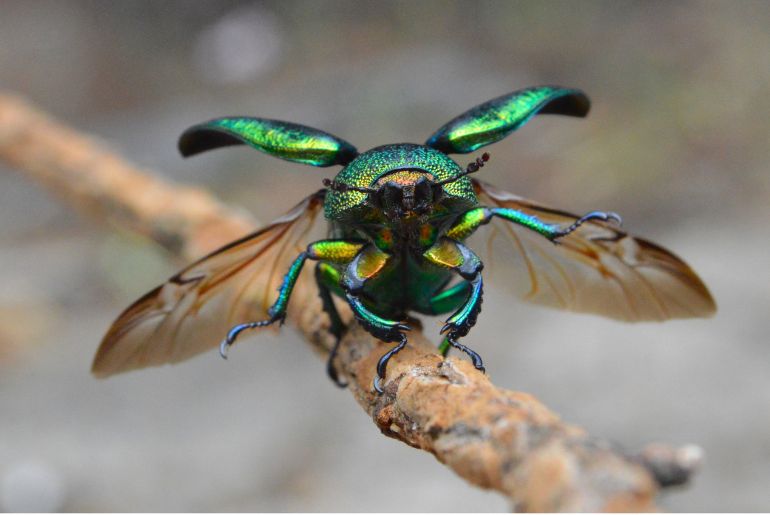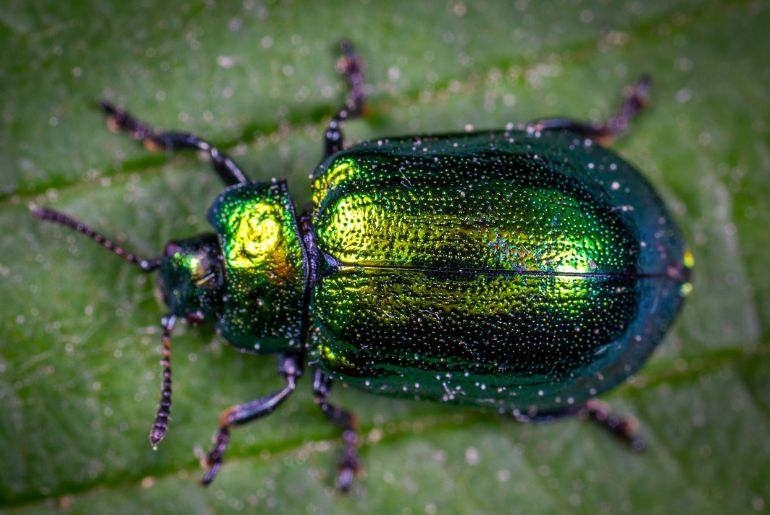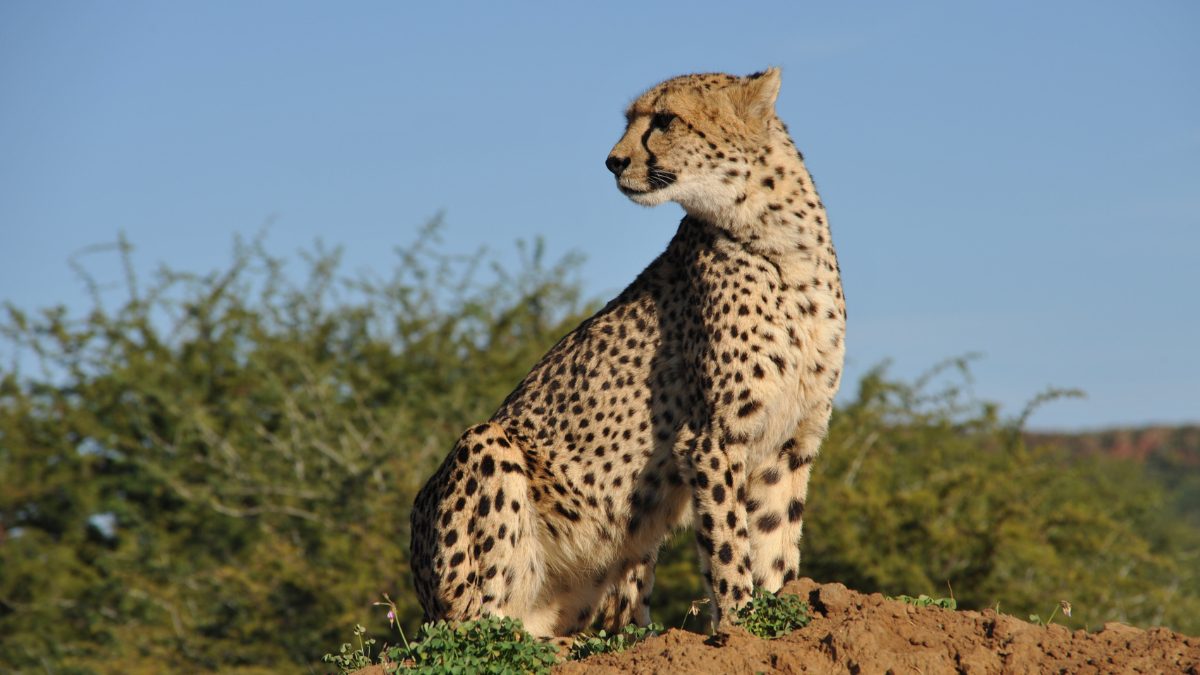You must have heard people say that “Christmas beetles are declining.” What are they, and why are they called so? Well, let us help you with that. The Australian beetle genus Anoplognathus, which is a member of the Rutelinae subfamily, is frequently referred to as the “Christmas beetle.” Because of their abundance in both urban and rural regions around Christmas, they are also known as Christmas beetles.
All About Christmas Beetles

Christmas beetles, large iridescent beetles, are traditionally used in eastern Australia to announce the arrival of the summer holidays.
Large insects in the genus Anoplognathus are referred to as “Christmas beetles” throughout most of Australia. There are 36 species of Christmas beetles, nearly all of which are unique to Australia. With the strange exception of their absence in the southwest, Christmas beetles are distributed throughout much of the continent and are most numerous along its east coast.
Christmas beetles are not too difficult to locate and recognize. The primary characteristic that identifies them is their glistening metallic body. This beetle has 35 species, and they typically look distinct from one another.
Most of them are green or golden brown. But as you move farther north in Australia, you’ll probably come across some fascinating hues, like some violet or opal-hued species. These beetles’ distinct coloring is caused by a particular layer of reflectors in their hardened shells.
Also Read: Garlic Prices Soar To ₹400/Kg, Expected To Rise Further; Here’s Why The Prices Have Doubled
Reason Behind The Decline

Massive numbers of them were said to have drowned in Sydney Harbour in the 1920s, with tree limbs bending into the water due to the massed beetles’ sheer weight. These days, you won’t witness that.
One indication is given by the dual life history. The larvae require the roots of grasses, most likely native grasses, and the adults require eucalyptus leaves. Less than 10% of the Cumberland Plain woods, a key habitat for them, are still present in Western Sydney.
With 4.5 million residents, Sydney is currently overflowing at the seams, with Western Sydney taking up most of the increase. The former home of the beetles is now a jungle made of tarmac, brick, and concrete.
Also Read: Year In Search 2023: Top 10 Parks People Googled The Most This Year Globally
These Insects Are Important

Loss of habitat poses a hazard to Christmas beetles, just like it does to many other insects. We may contribute by protecting our natural bushland; it is encouraging that Australia has promised to set aside 30% of its territory.
These insects are crucial to the ecosystem. Adult Christmas beetles may play a significant role in the food chain for many animals since they emerge at a predictable time of year when many reptiles, mammals, and birds are reproducing and raising their young.
Christmas beetle larvae burrow through the soil, assisting in its aeration and organic matter recycling. They probably provide ravenous birds, reptiles, and mammals with a high-protein, high-fat feast.
Have you ever seen them?
Cover Image Courtesy: Canva
For more such snackable content, interesting discoveries and latest updates on food, travel and experiences in your city, download the Curly Tales App. Download HERE.
Good news! We are on WhatsApp! Subscribe to Curly Tales WhatsApp Channel to stay up-to-date with exclusive content and BTS. Join HERE.




